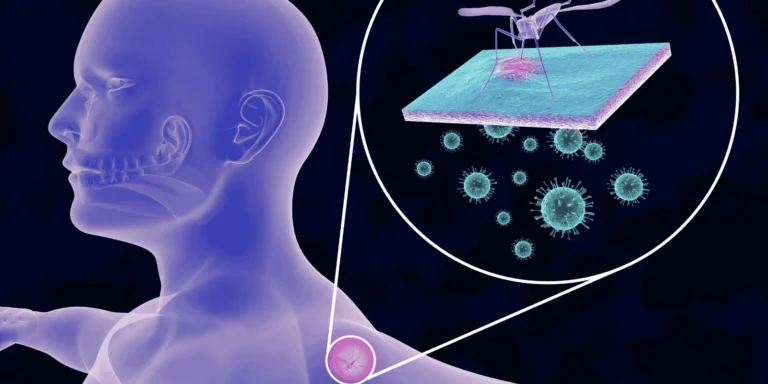“My throat is killing me, but I’m not coughing at all,” my patient explained. “Doesn’t that mean it’s not strep?”
Actually, the opposite is true. Absence of cough is one of the strongest indicators that throat pain might be strep rather than a viral infection. This counterintuitive finding helps doctors distinguish bacterial from viral causes.
Why the No-Cough Rule Matters
Strep bacteria specifically attack throat tissues without triggering the respiratory irritation that causes coughing.
Viral infections typically affect multiple respiratory areas including the throat, nose, and airways, almost always producing cough.
Location specificity — strep stays confined to the throat and tonsils rather than spreading throughout the respiratory tract.
The Clinical Prediction Score
Centor criteria that doctors use includes absence of cough as one of four key diagnostic factors:
- No cough
- Swollen lymph nodes
- White patches on tonsils
- Fever over 100.4°F
Higher scores indicate increased strep probability requiring testing or treatment.
Why Viruses Cause Coughs
Respiratory tract involvement means viral infections create inflammation in airways that triggers coughing.
Postnasal drip from viral sinus congestion irritates the throat and causes cough.
Broader infection pattern affects nose, sinuses, and bronchial tubes, not just the throat.
Exceptions to the Rule
Concurrent illnesses like asthma or bronchitis can cause coughing alongside strep throat.
Seasonal allergies may produce cough unrelated to throat infection.
Previous respiratory infections can leave lingering coughs that overlap with new strep infections.
Smokers may have chronic coughs that persist regardless of strep infection presence.
Other Strep Indicators
Sudden onset distinguishes strep from gradual viral illness development.
Severe pain that makes swallowing difficult or painful, especially without other cold symptoms.
Enlarged lymph nodes in the neck that are tender to touch.
Palatal petechiae — tiny red spots on the roof of the mouth seen in strep infections.
What Cough Presence Suggests
Viral pharyngitis is much more likely when cough accompanies sore throat.
Upper respiratory infections typically include multiple symptoms including runny nose, sneezing, and cough.
Lower likelihood of positive strep tests when cough is present, though not impossible.
Age-Related Patterns
Children more commonly present with classic strep symptoms including absence of cough.
Adults may have more variable presentations but still rarely have significant cough with true strep.
Toddlers under 3 rarely develop typical strep throat regardless of symptoms.
Testing Decisions
Rapid strep tests are more justified when throat pain occurs without cough.
Clinical diagnosis may be sufficient in high-probability cases meeting multiple criteria.
Throat cultures provide definitive answers when rapid tests are negative but suspicion remains high.
Treatment Implications
Antibiotic necessity varies based on whether infection is bacterial (strep) or viral.
Symptom management differs — cough suppressants aren’t needed for strep but may help viral infections.
Return to activities timing depends on accurate diagnosis and appropriate treatment.
When Cough Develops Later
Secondary infections can occur when viral illness follows treated strep throat.
Incomplete treatment might allow bacteria to persist while new symptoms develop.
Unrelated conditions may cause cough that coincidentally appears during strep recovery.
Patient Education Points
Absence of cough should raise rather than lower concern about possible strep throat.
Multiple symptoms help distinguish bacterial from viral causes beyond just cough presence.
Testing remains important even when symptoms seem atypical or don’t perfectly match expectations.
Common Misconceptions
“Bad coughs mean worse infection” — actually, severe cough suggests viral rather than bacterial cause.
“No cough means nothing serious” — strep without cough can be quite serious and requires treatment.
“All throat pain needs antibiotics” — viral infections cause most sore throats and don’t benefit from antibiotics.
Why This Matters Clinically
Antibiotic stewardship requires distinguishing bacterial infections needing treatment from viral infections that don’t.
Resource allocation — proper testing based on symptom patterns reduces unnecessary healthcare visits.
Complication prevention — appropriate strep treatment prevents rheumatic fever and other serious complications.
Understanding that strep throat typically occurs without cough helps patients recognize when their symptoms warrant medical evaluation and testing rather than assuming viral causes.













